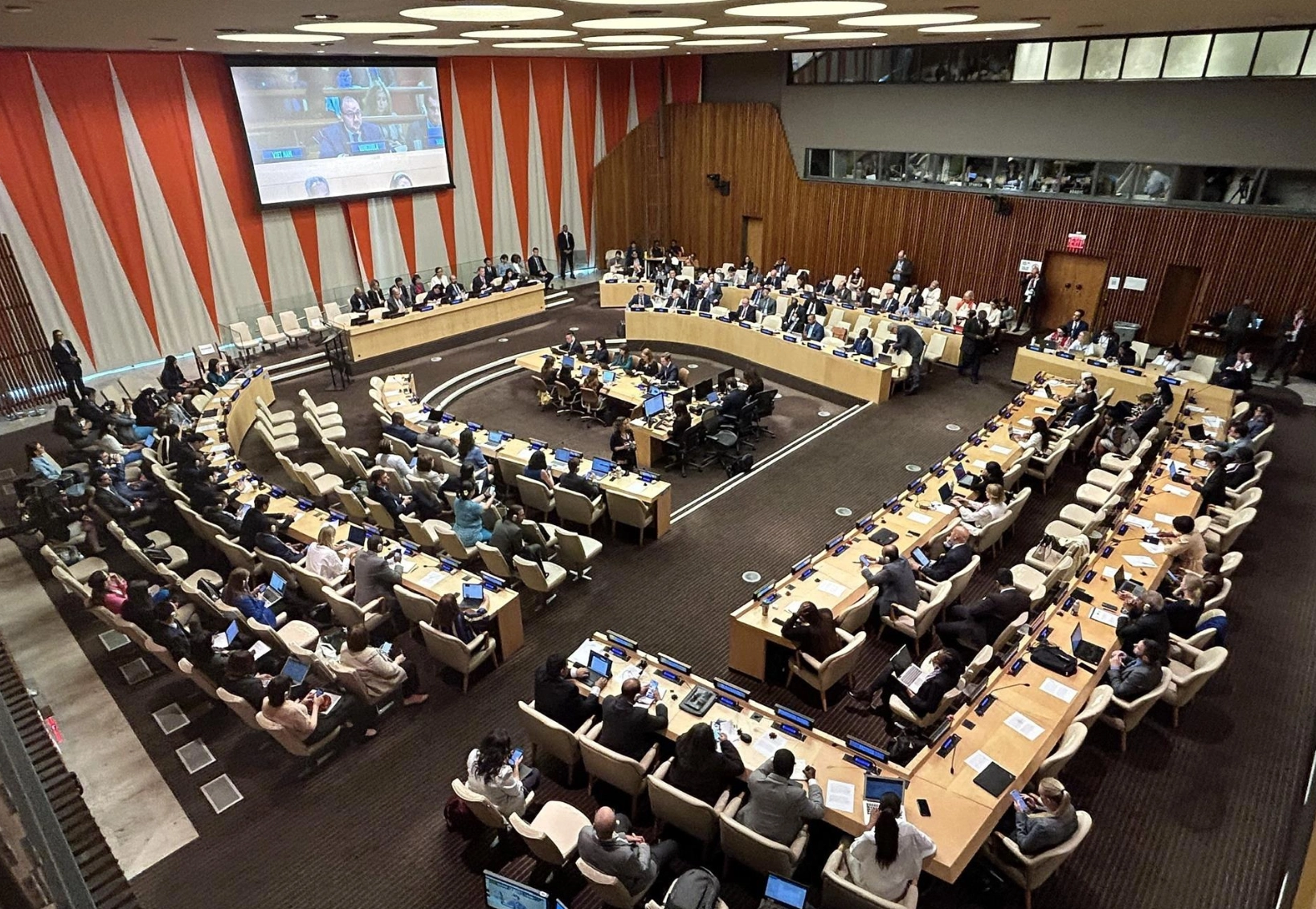Coauthor Pedro Sloboda
After nearly two decades of negotiations, on June 19, almost 200 countries adopted the High Seas Treaty at the United Nations headquarters in New York. The agreement provides for the conservation and sustainable use of marine biodiversity in areas beyond national jurisdiction (BBNJ), which include the high seas and the international seabed, areas over which no country exercises sovereignty. The treaty will enter into force 120 days after the deposit of the 60th instrument of ratification.
Latin American countries played a decisive role during the treaty negotiations and contributed to the conclusion of a balanced agreement that will preserve the oceans, encourage marine research, and share benefits for developing countries. Coordinated in the negotiating bloc known as CLAM (Latin American Core Group), fourteen Latin American countries presented joint positions on various issues and established alliances with other countries and regional groups, including the G-77+China, the Caribbean islands, and the group of African countries. CLAM was constituted of the following countries: Argentina, Brazil, Chile, Colombia, Costa Rica, Dominican Republic, El Salvador, Guatemala, Honduras, Mexico, Panama, Paraguay, Peru, and Uruguay.
The inclusion of the common heritage of mankind principle in the agreement, based on the coordinated efforts of developing countries, is worth of note. From the perspective of Latin American diplomacy, marine genetic resources collected on the high seas and the international seabed – and the genetic sequencing of these resources – are the common heritage of mankind. Because they are located in areas not subject to the sovereignty of any country, these resources are considered to belong to all (“res communis“), so their scientific and economic exploitation must be carried out for the benefit of all mankind. The principle of the common heritage of mankind was already enshrined in other international instruments, such as Resolution 2749 of the United Nations General Assembly (Declaration of Principles Governing the International Seabed, 1970) and the United Nations Convention on the Law of the Sea, 1982.
The inclusion of the aforementioned principle in the BBNJ agreement means that the scientific and economic benefits from the exploitation of the genetic resources of the high seas and the international seabed cannot be restricted to a few countries. The benefits must be shared with developing countries through technical capacity building, transfer of marine technologies, opportunities for scientific cooperation, facilitation of access to digital genetic sequencing databases, and funding of projects aimed at preserving marine resources. This democratic and inclusive diplomatic perspective was strongly advocated by CLAM during the negotiations and prevailed in the final treaty text.
This position, which was also led by the 134 developing countries that constitute the G-77+China grouping, contrasts with the opposing view that genetic resources in international maritime zones should be considered a kind of “res nullius” (“nobody’s business”), to be appropriated by those who have technical and financial capacity to do so. This approach would restrict the benefits of scientific and commercial exploitation of these resources essentially to the richer countries, to the detriment of countries with less capacity to invest in these activities.
The divergence in principle between the two conceptions (“res communis” and “res nullius“) was the final obstacle to the conclusion of the High Seas Treaty. In the last phase of the negotiations, representatives of more than 100 countries faced a marathon 38 hours of non-stop intense negotiations on March 3 and 4 this year in New York. In the final hours of the conference, with an important mediation role played by the delegations of Brazil and Jamaica, the delegations decided to simultaneously include in the agreement the principles of the common heritage of mankind and the freedom of scientific research on the high seas. This compromise and the adoption of the treaty by consensus demonstrate the power of dialogue and multilateralism, even in situations where differences among states seem insurmountable.
The final text of the treaty, both balanced and ambitious, regulates activities involving genetic resources on the high seas, including digital genetic sequencing. The principle of the common heritage of mankind states the sharing with developing countries of scientific information and the benefits derived from the research and commercialization of these resources. At the same time, freedom of marine scientific research encourages new investments in training, innovation, and technological development, preferably with the participation of research institutions and scientists from developing countries, including Latin America.
*The authors are career diplomats and participated in the negotiations of the High Seas Treaty. The opinions expressed in this text are those of the authors and do not necessarily reflect those of the Brazilian government.
Translated from Portuguese by Janaína Ruviaro da Silva











